
Do you have a question about the IBM System/360 20 and is the answer not in the manual?
Defines terms and abbreviations used in the publication.
Lists requirements for readers to be familiar with System/360 Model 20 components.
Lists programming support supplied by IBM for tape-resident systems.
Describes the card-resident system, its programs, and how to execute object programs.
Describes the tape-resident system, its programs, and how to initiate a system run.
Explains how to use the TPS Report Program Generator for compiling and executing RPG programs.
Explains how to use the TPS Assembler program to translate source programs into object programs.
Explains how the Linkage Editor program relocates and combines assembled programs or phases.
Describes the TPS Sort/Merge program's functions for sorting and merging tape files.
Details the five utility programs supplied for Model 20 systems with magnetic tape equipment.
Explains how to retrieve desired elements (programs, samples, macro definitions) from the distribution tape.
Lists the minimum machine requirements for the Distribution-Package Retrieval program.
Describes the contents of the IBM-supplied package, including header records and program listings.
Provides steps to build a system tape from output obtained from the Distribution-Package Retrieval program.
Describes the procedure for using the MMAINT program to include or delete IBM-supplied macros in the macro library.
Explains how to update programs supplied by IBM using a distribution tape.
Explains the reasons and procedure for copying a system tape using the Copy System Tape (CPSYS) program.
Details how to update the macro library on a system tape using the Macro Maintenance (MMAINT) program.
Explains how to update the program library of a tape-resident system using the Core-Image Maintenance (CMAINT) program.
Describes how to list the core-image and macro directories using the Directory Service (DSERV) program.
Explains how the CSERV program checks or extracts programs/phases from the core-image library.
Demonstrates various Assembler program features, library use, and execution modes.
Demonstrates the use of the TPS Report Program Generator for a commission report.
Demonstrates the use of utility programs and the Sort/Merge program.
Designed to perform assembly with IBM 1419 macro instructions and I/O operations.
Illustrates the use of Model 20 BSCA IOCS for a non-switched, point-to-point line configuration.
Illustrates the use of Model 20 BSCA IOCS in a switched configuration with the ITE feature.
Lists halt codes associated with specific devices (card readers, printers, tape drives) and their causes.
Lists halt codes associated with programs (e.g., RPG, Assembler, Utilities) and system components.
Summarizes halts and error displays related to the IBM 1419 and 1259 Magnetic Character Readers.
Describes the general structure of job control statements, including name, operation code, operands, and comments.
Explains the normal sequence of job control statements and exceptions.
Details the function and format of specific job control statements like ASSGN, CONFG, DATE, EXEC, FILES, JOB, LOG, NOLOG, OPTN, PAUSE, TPLAB, UPSI, VOL.
Details the procedure for loading the micro program when it is destroyed due to specific conditions on Model 20 Submodel 5.

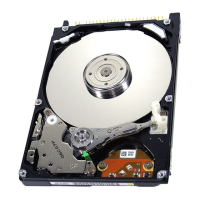

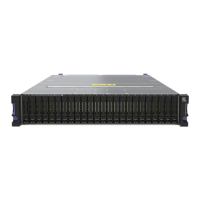
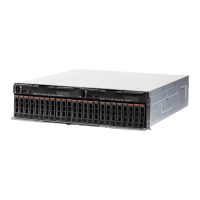
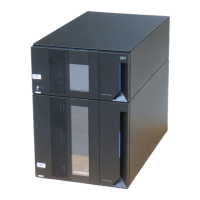
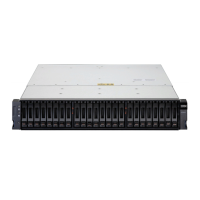
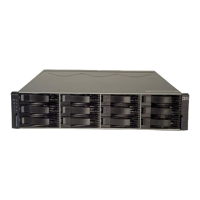
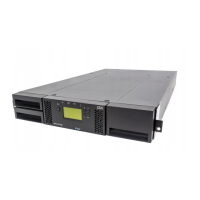
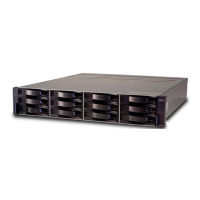
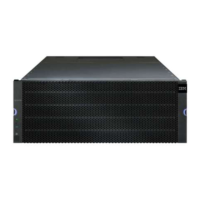
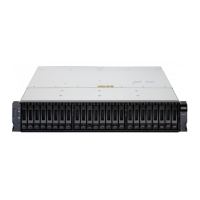
